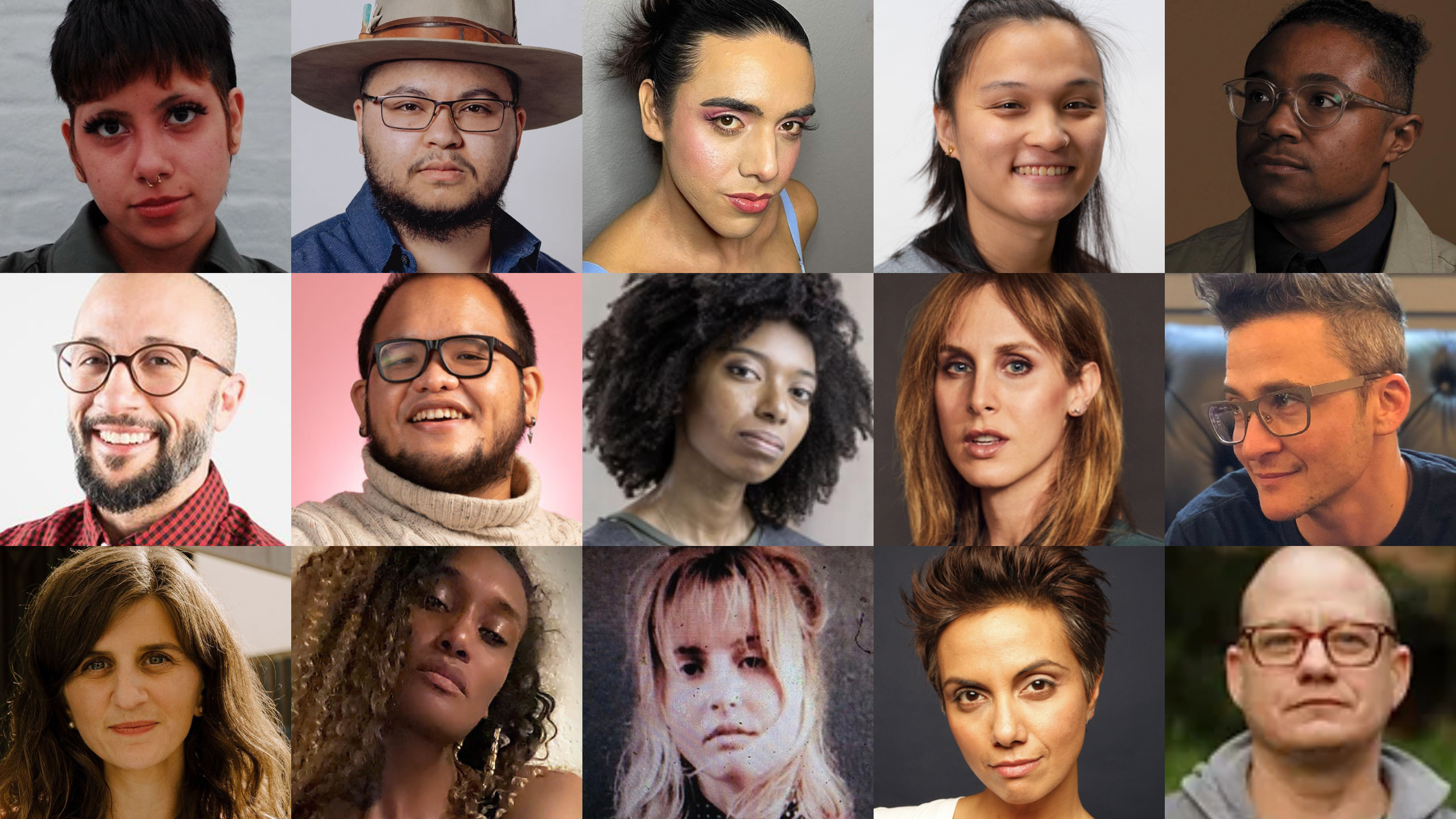THE FILM FATALES COLLECTIVE TRAINS A LENS ON GENDER INEQUALITY
“That guy had directed one half-million-dollar feature,” she said, referring to Colin Trevorrow and “Safety Not Guaranteed” (2012). “And Steven Spielberg said he took a chance on him because he reminded him of himself when he was young.”
If that’s the DNA of decision-making, she said, can the film industry evolve?
Ms. Meyerhoff stopped waiting to find out two years ago. That’s when she founded Film Fatales, a collective of female directors that first took shape over dinner in Brooklyn and has led to chapters in nearly 20 cities, including Los Angeles; Austin, Tex.; New Orleans; Toronto; Sydney, Australia; and São Paulo, Brazil. “The challenges are daunting, the statistics are depressing,” she said, “but rather than sit around complaining, the idea behind Film Fatales is that we can change things. And I think real progress will take this bottom-up, grass-roots approach as well as a top-down approach.”
American filmmaking suffers from an epidemic of gender imbalance, according to a recent report from the Annenberg School for Communication and Journalism at the University of Southern California. In May, the American Civil Liberties Union asked state and federal agencies to investigate the “blatant and extreme gender inequality” in an industry where only 7 percent of the top 250 grossing films in 2014 were directed by women, and 14 percent of TV shows.
But as Meyerhoff acknowledged during an interview in Brooklyn, it’s hard to solve so deep-rooted a problem. “It’s not like any one producer or studio or financier is saying, ‘We don’t want women making films,’ ” she said. “It’s just pervasive, institutionalized gender bias.”
So Film Fatales has been taking the proactive approach through resource sharing, mentoring, mutual hiring and, especially, the courting of film festivals, where winning awards can enhance reputations, lead to future employment and perhaps shatter the perception that films are for boys.
“We’re not programming, as such,” said Eleanor Wilson, Fatale’s program coordinator, “but rather expanding the pool of films available to festivals. Sometimes they reach out to us, but in other cases, we’re cold-emailing them, saying, ‘Here’s a bunch of films, many have premiered at SXSW or Sundance’ or ‘These are available for world premieres.’ We offer panels and workshops. Festivals really do want diversity.”
But they can’t always find it.
“We can only show what people make,” said Jane Schoettle, a senior programmer with the Toronto International Film Festival, which begins Sept. 10 and has tried to be even more inclusive this year. Filmmaking, she said, “is primarily about opportunities, and if your opportunities are gated by those who don’t give you the attention they might give others more like themselves, you have difficulties.”
Toronto’s artistic director, Cameron Bailey, agreed, noting that there’s been every indication that “even when you have different kind of people greenlighting decisions, it doesn’t necessarily mean the films we see are going to change.”
The Hollywood mind-set, Ms. Meyerhoff said, “is not going anywhere soon, so Film Fatales is a collaborative rather than competitive way to rev each other up — a success for one of us is a success for all of us.” About 65 shorts and 35 features currently playing the festival circuit are in the database the group shares with festivals, Ms. Wilson said, whose new short, “Everything All at Once,” is on Sundance TV this month. Ms. Meyerhoff’s first feature, “I Believe in Unicorns,” opened in May.
Although it has been a presence at United States festivals like Sundance, SXSW and Tribeca, Film Fatales has made more serious inroads at regional festivals, including Sarasota in Florida, Rhode Island Film Forum in Providence and the Woodstock Film Festival in New York.
“Last year, we had seven women directors of feature narrative films, a record, and that was in part thanks to Film Fatales,” said Meira Blaustein, Woodstock’s executive director.
Those members range from beginners to established filmmakers like Debra Granik (“Winter’s Bone”), the producer-director Jill Soloway (“Transparent”) and Mary Harron (“American Psycho”). “When you hear over and over that other women have encountered the same obstacles, you know that it’s not just you,” Ms. Harron said in New York. “Women filmmakers deal with a kind of invisible web of prejudice and false assumptions about what they can and cannot do, and talking about those experiences helps.”
A younger member, the Los Angeles filmmaker Li Lu, agreed. “When you hear someone going through what you did, it’s very supportive,” she said. “But it’s not all kumbaya, it’s ‘How do you solve the problem?’ I wish I had Film Fatales during production, but better late than never.”
Ms. Lu was reached by phone en route to the recent Las Vegas Film Festival, where she would be showing her feature, “There Is a New World Somewhere,” after which she was taking it to the Boonies International Film Festival in Pennsylvania. The Boonies, which concludes on Saturday, is a big supporter of Film Fatales.
“They’ve been great to work with, and I just wanted to support what they do,” said Jeff Clark, a festival founder. “I’m sorry they’re not on equal ground with their male counterparts, but it’s not about the quality of the films. And besides, I have women in my life. And women on our board. And women making films for our festival. My mom was a woman.”
It’s also a myth, Ms. Meyerhoff said, that to succeed a film has to appeal to teenage boys. Even if it were true, she said, “just because a film puts female characters on screen, there’s still not a reason not to make them. If films are marketed properly, they will find their audiences. But really, I think men want to see films with women in them as much as women do.”



